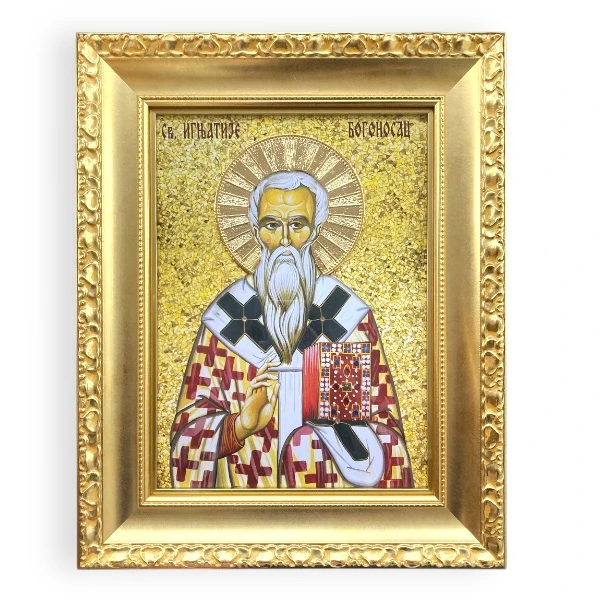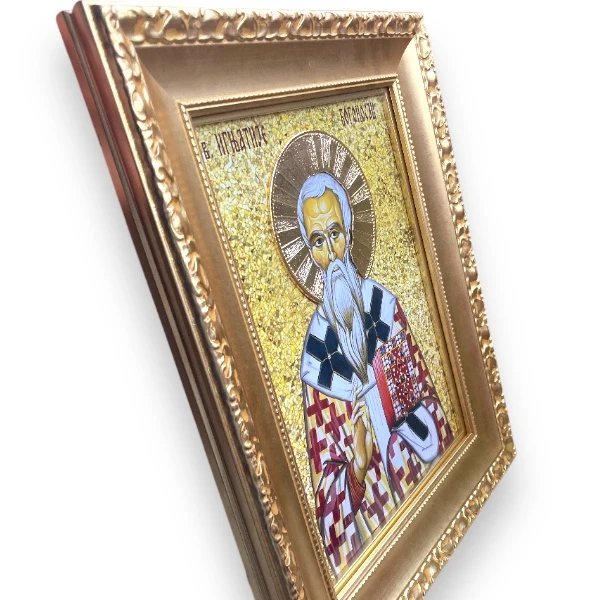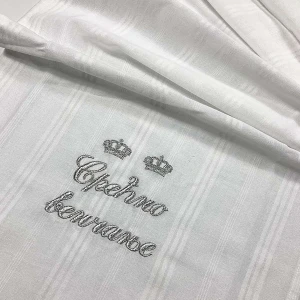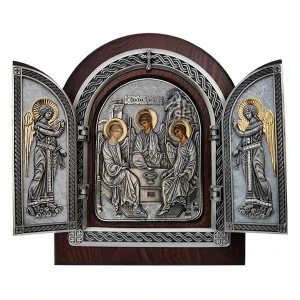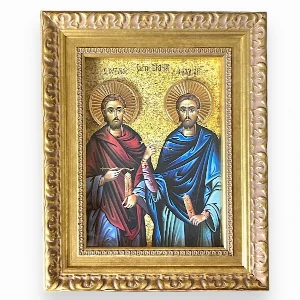- Home
- Orthodox Religious Products
- Icons
- SLAVA ICON ST. IGNATIUS OF ANTICOH 41x33
SLAVA ICON ST. IGNATIUS OF ANTICOH 41x33
Šifra: E-146-36
Brand: Riznica nacionalnog blaga
Icon of the Saint Ignatius. The metal parts of this icon are gilded with 24-karat gold, which is the finest and purest gold on the market.
The icon is modeled on Byzantine icon painting. Byzantine icon paintings are the oldest and most detailed icon paintings in the history of Christianity, which means that this icon contains everything, even the smallest details, which were passed down from generation to generation by icon painters since ancient times.
An icon that will decorate the wall of your home and glorify the saint who is the guardian of your home. Make your home more beautiful, and fame more cheerful! In addition to the celebratory purpose, you can also give it to someone as a benevolent gift and protection for the family to whom it is presented.
DETALJNIJE
- Icon is in a frame, without glass
- Dimensions: 41x33 cm
- It contains a certificate of the National Treasure Treasury
- 24 carat gold plating of metal parts
- The icons are not sanctified!
According to Christianity, the icon should be kept on the east wall of the house!
Ignatius the God-bearer, also known as Ignatius of Antioch, is a Christian saint. He was the third patriarch of the Church of Antioch. He was called the God-bearer because Jesus Christ held him in his arms when he was a child.
By the decision of the holy apostles, he was appointed bishop in Antioch.
He was the first to introduce the antiphonal way of singing in the church (singing for two choirs so that when the singing on one side stops, the other side starts).
According to Christian tradition, it is believed that Ignatius the God-Bearer appeared several times from heaven and performed miracles, helping to this day anyone who calls on him for help.
Priest-martyr Ignatius is celebrated on January 29 and December 20 (according to the church calendar). In December, the transfer of his relics from Rome to Antioch is celebrated.
The Serbian Orthodox Church celebrates it on December 20 and January 29 according to the church calendar, and on January 2 and February 11 according to the Gregorian calendar.
Recommended
Related products

Apply for newsletter
Sign up for the Serbianshop newsletter and get a 10% discount.


